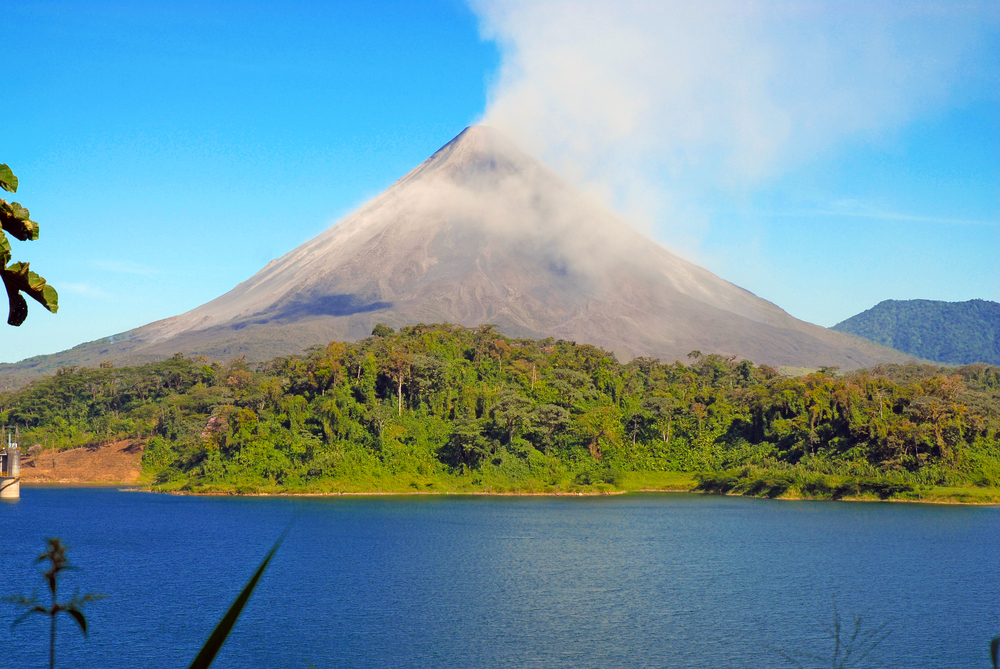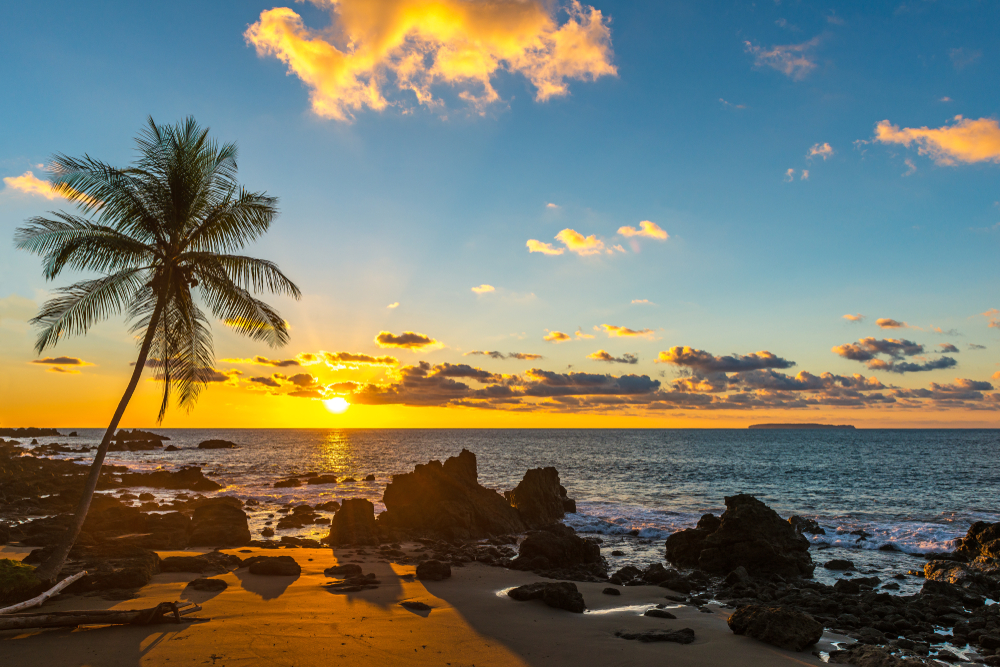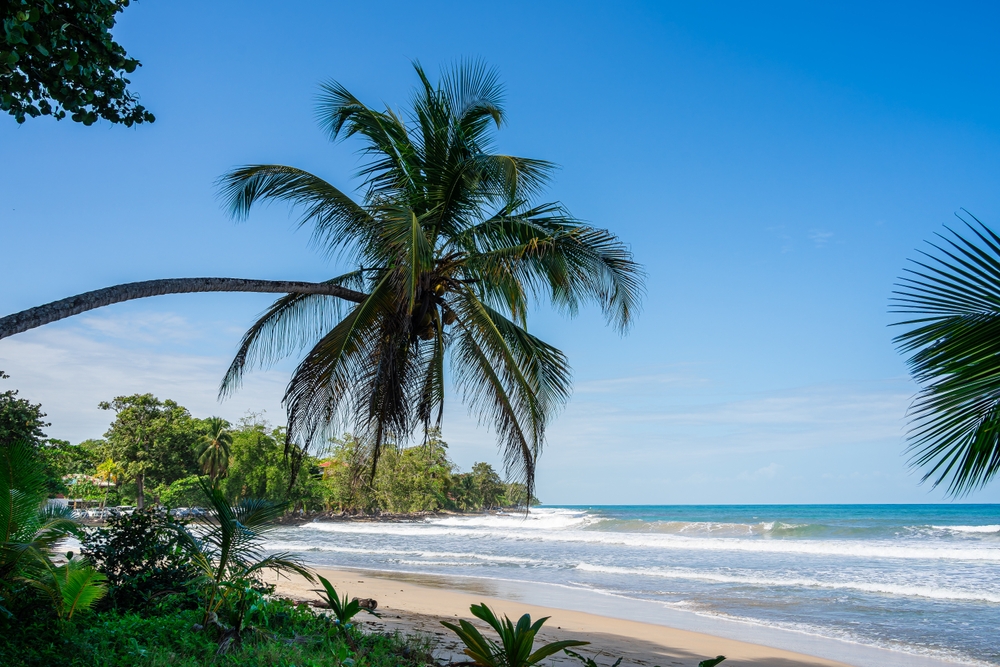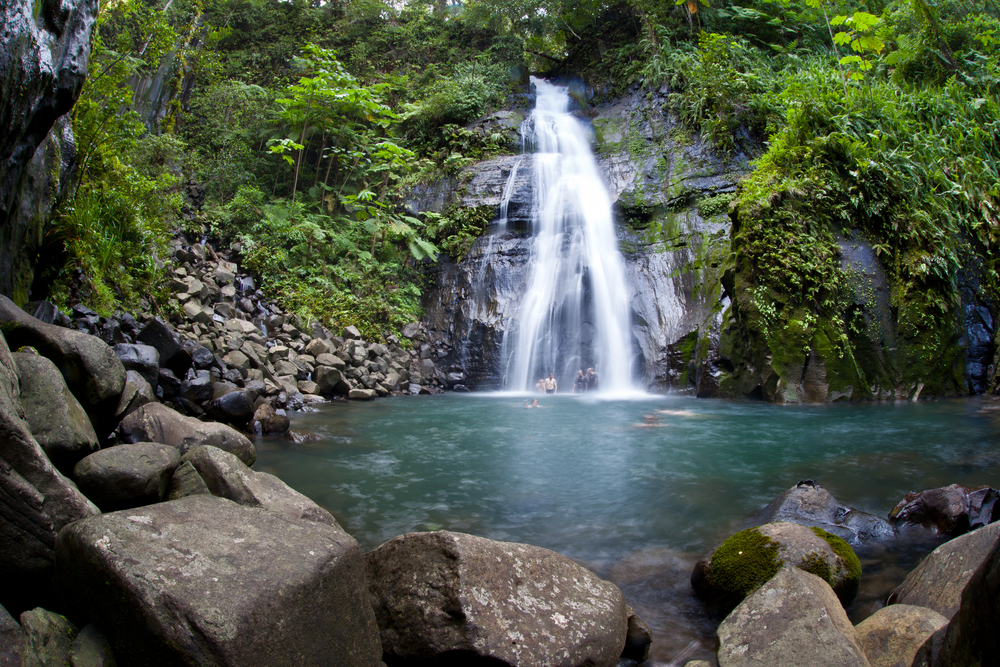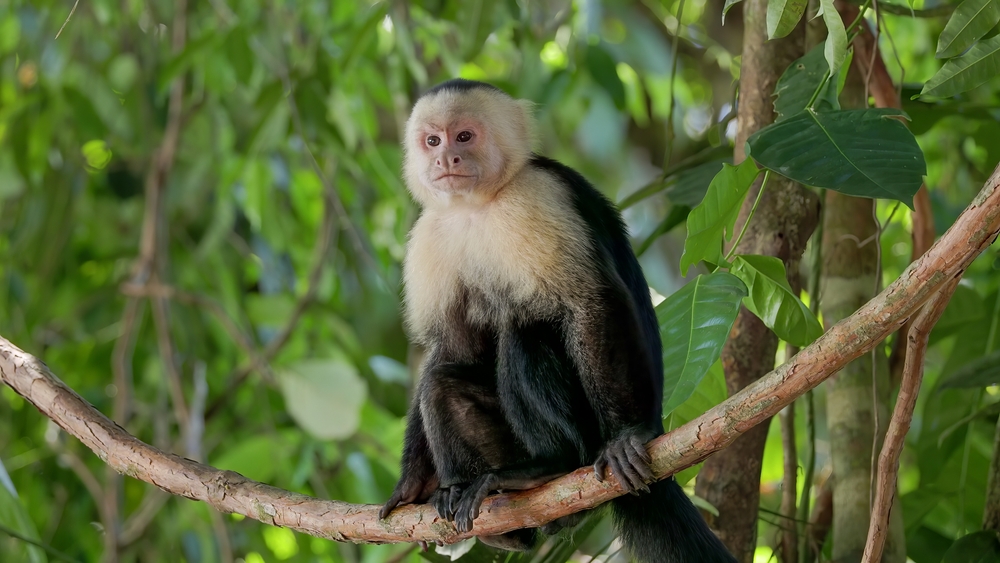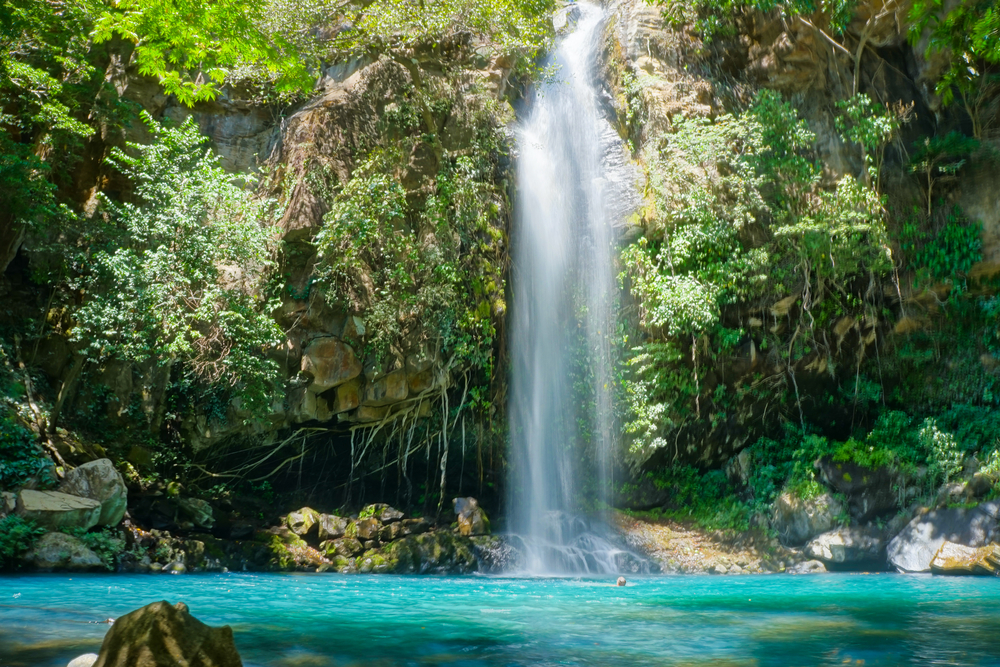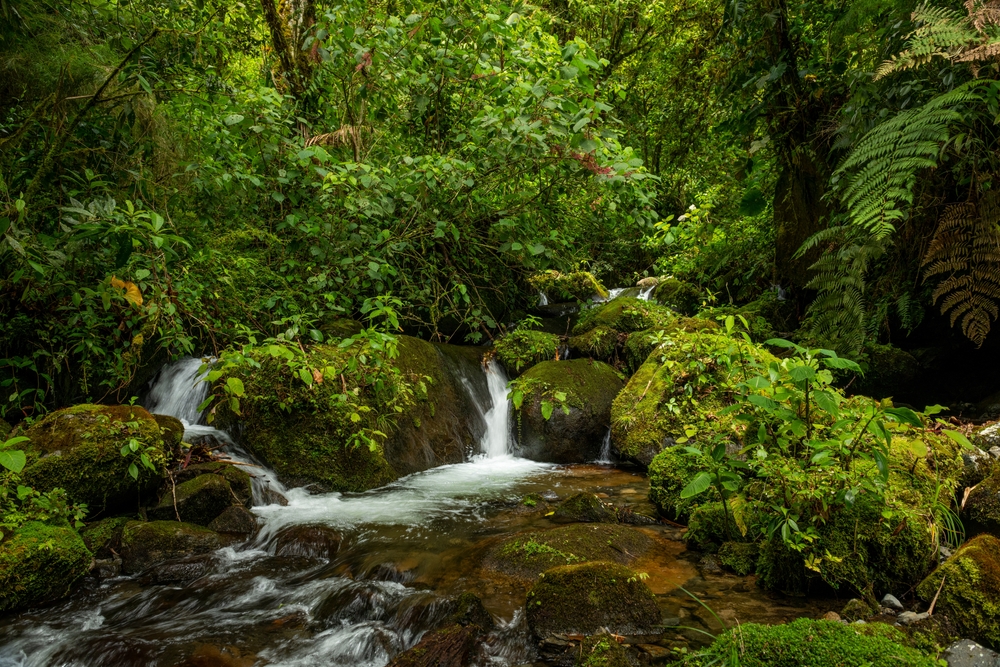Irazu Volcano Overview
Irazú Volcano National Park, or Parque Nacional Volcán Irazú in Spanish, is a striking natural reserve in Costa Rica. Located in the Central Highlands of Cartago Province, it spans approximately 23.4 square miles (60.7 square kilometers).
The park is centered around Irazú Volcano, Costa Rica’s highest active volcano, which reaches an elevation of 11,260 feet (3,432 meters) above sea level. The name “Irazú” is believed to originate from the Indigenous word “Istarú,” meaning “thunder point.” This park is a popular destination for those seeking breathtaking views and an otherworldly volcanic landscape.
The terrain of the park is defined by the imposing volcanic craters, vast ash fields, and rugged slopes. The most famous of these craters is Diego de la Haya, which contains a vivid green crater lake that changes in color depending on mineral concentrations and rainfall.
The upper reaches of the park are often covered in swirling mist, adding to the eerie and dramatic beauty of the landscape. The summit offers views that can extend to both the Pacific Ocean and the Caribbean Sea on clear days. Surrounding the volcanic formations, the landscape transitions into páramo vegetation, with resilient plants adapted to the harsh conditions. The lower elevations host patches of cloud forest and montane woodland, where native trees such as the quetzal-friendly aguacatillo thrive.
Wildlife in Irazú Volcano National Park is well adapted to the high-altitude environment. Mammals that roam the park include coyotes, armadillos, and rabbits, while larger species like pumas and tapirs are present but rarely seen due to their elusive nature.
Birdwatchers may be fortunate enough to spot the resplendent quetzal, one of Costa Rica’s most famous avian species. Other notable birds include the volcano junco, the sooty robin, and the black guan. Despite the volcanic terrain, the park serves as a vital habitat for a range of creatures that have adapted to its unique ecosystem.
One of the most popular features of the park is the main crater overlook, where visitors can gaze into the vast depths of the volcano. The bright mineral-rich waters of the crater lake provide a striking contrast against the dark volcanic rock.
The otherworldly landscape attracts photographers and nature lovers alike. Several trails wind through the park, allowing visitors to explore its unique topography. The proximity to Costa Rica’s capital, San José, makes Irazú one of the most accessible national parks in the country, drawing both international tourists and local visitors. Another highlight of the park is its proximity to Prusia Forest, a lush area offering additional hiking trails and a cooler, forested environment.
Visitors can experience the park in a variety of ways, from self-guided exploration of the crater rims to guided tours that provide deeper insight into the volcano’s geological history. The park is accessible by road, making it an easy day trip from San José.
Many visitors come early in the morning to increase their chances of witnessing clear views before the afternoon clouds roll in. The hiking trails within and around the park offer opportunities to immerse in the unique high-altitude ecosystem.
Conservation efforts within Irazú Volcano National Park focus on protecting the fragile volcanic landscape and the diverse species that inhabit it. The park faces challenges such as soil erosion, climate change, and the impact of tourism.
The Costa Rican government and conservation organizations work to mitigate these effects through education programs, sustainable tourism initiatives, and reforestation projects. Despite these challenges, the park remains a well-preserved area of ecological and geological significance, offering visitors a chance to witness the powerful forces of nature that have shaped Costa Rica’s landscape.











































































